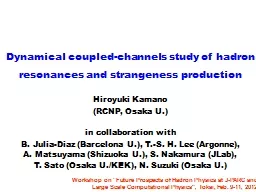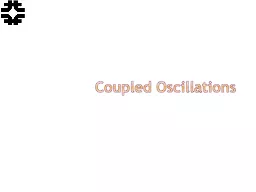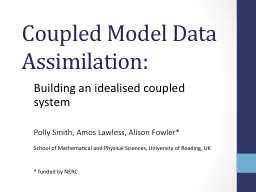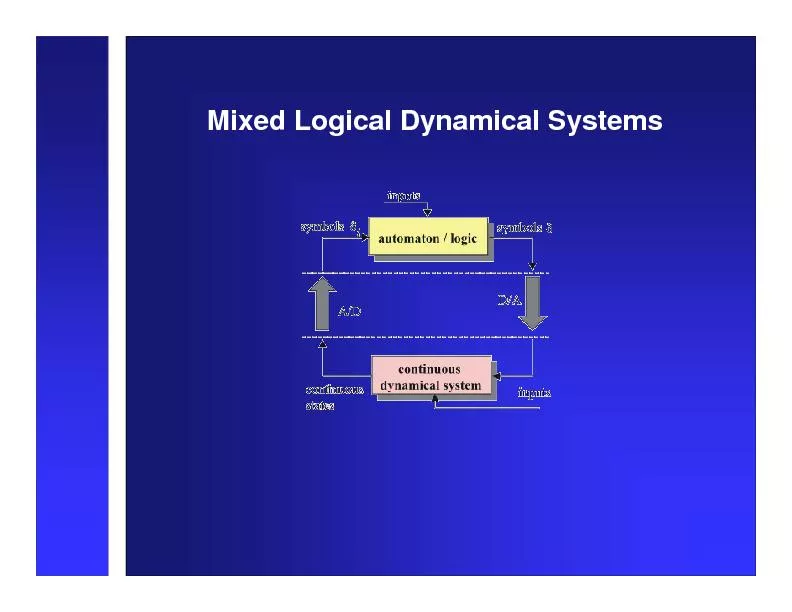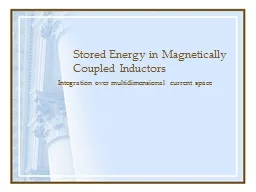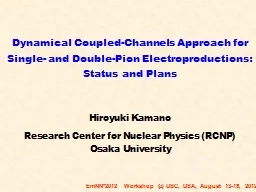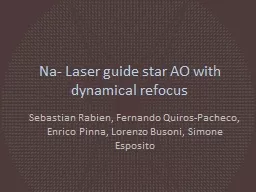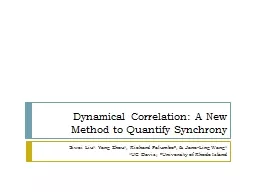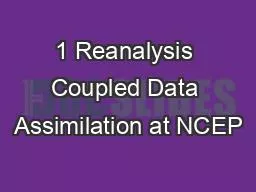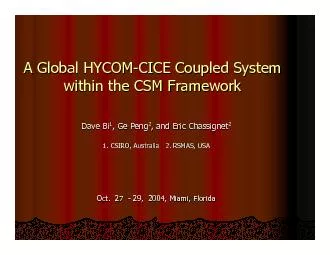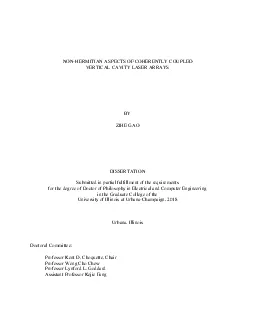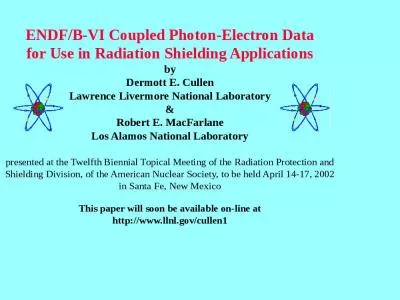PPT-Dynamical coupled-channels
Author : giovanna-bartolotta | Published Date : 2016-07-20
s tudy of hadron r esonances and strangeness production Hiroyuki Kamano RCNP Osaka U in collaboration with B JuliaDiaz Barcelona U TS H Lee Argonne A Matsuyama
Presentation Embed Code
Download Presentation
Download Presentation The PPT/PDF document "Dynamical coupled-channels" is the property of its rightful owner. Permission is granted to download and print the materials on this website for personal, non-commercial use only, and to display it on your personal computer provided you do not modify the materials and that you retain all copyright notices contained in the materials. By downloading content from our website, you accept the terms of this agreement.
Dynamical coupled-channels: Transcript
Download Rules Of Document
"Dynamical coupled-channels"The content belongs to its owner. You may download and print it for personal use, without modification, and keep all copyright notices. By downloading, you agree to these terms.
Related Documents

